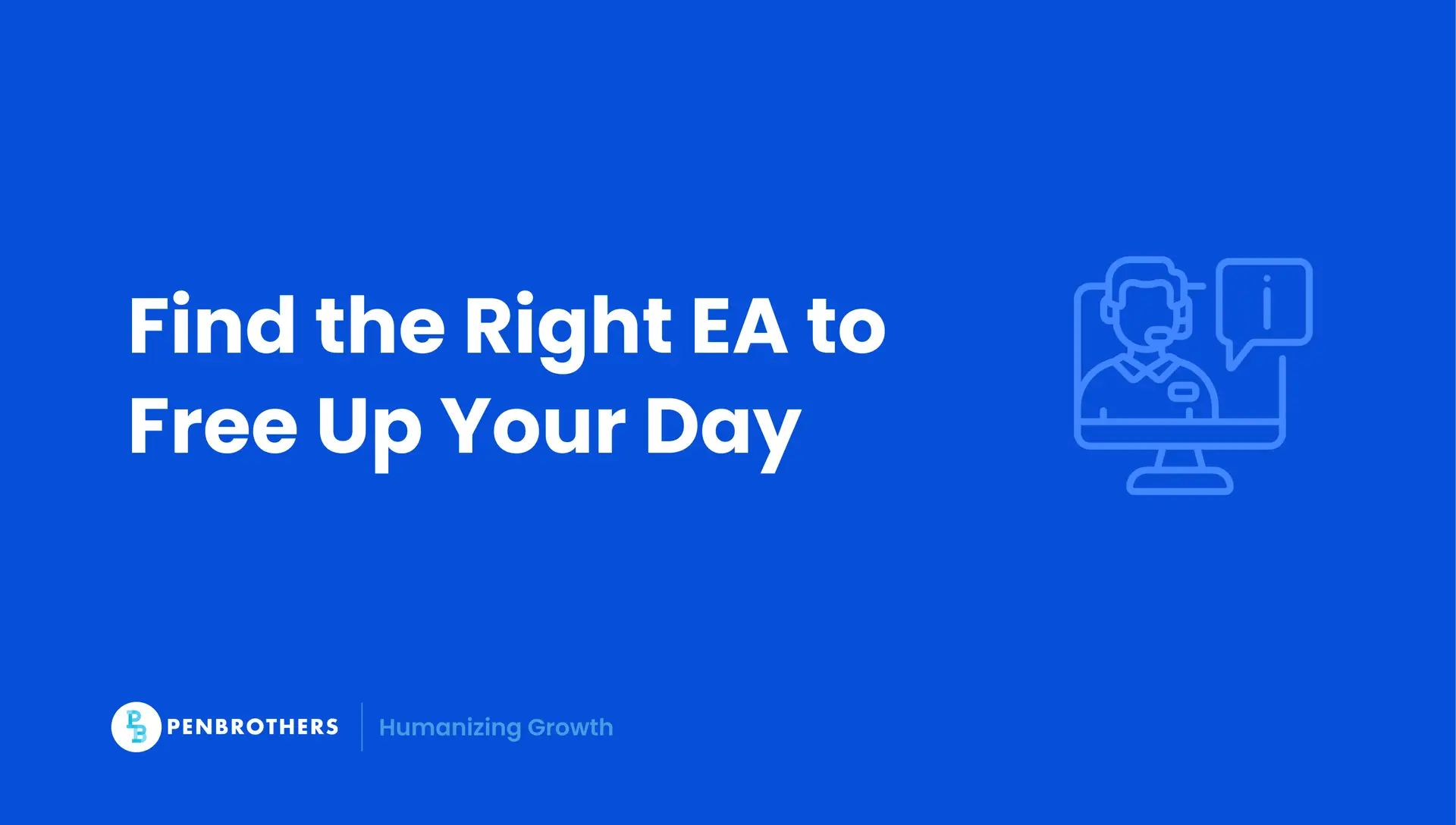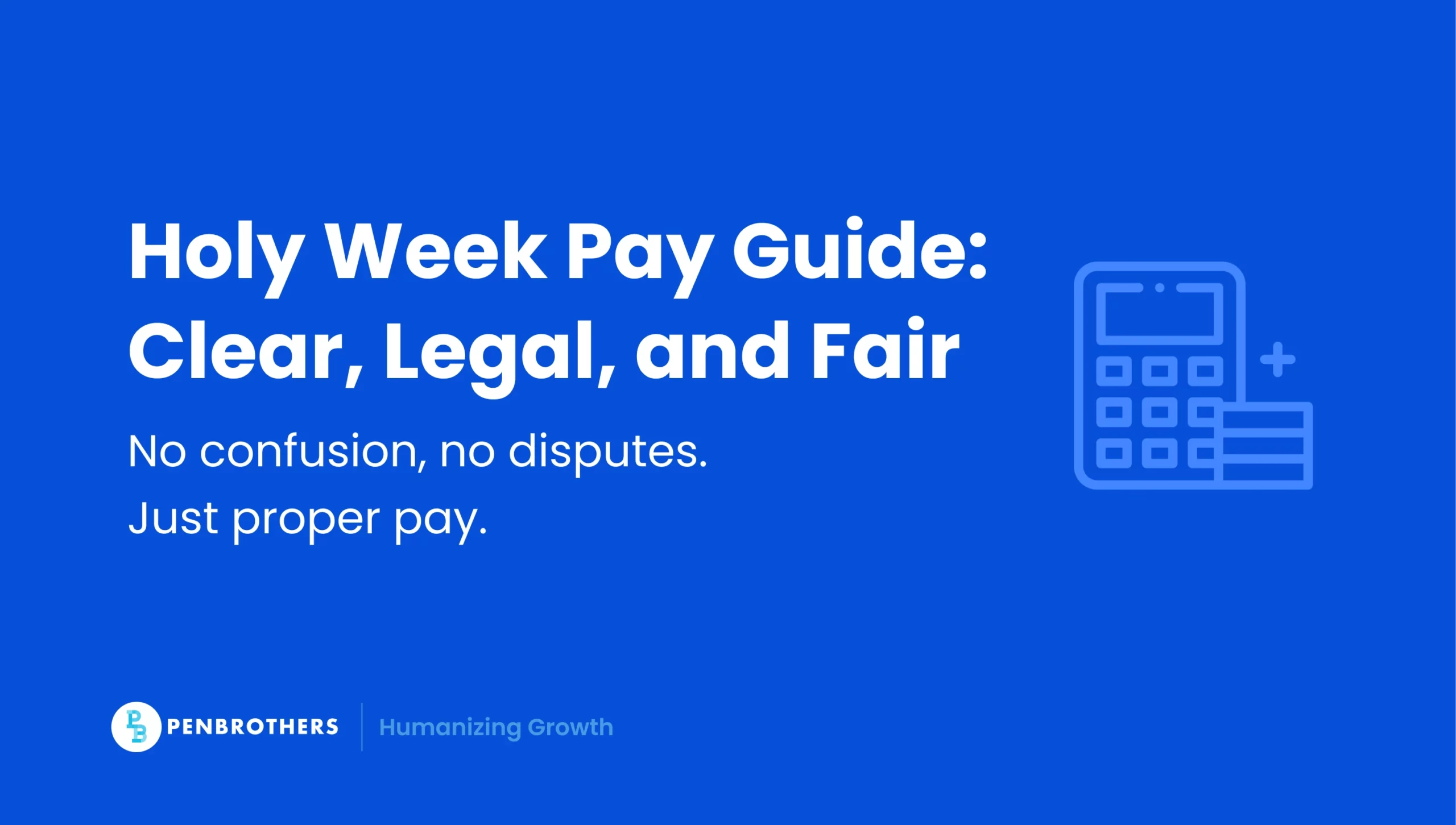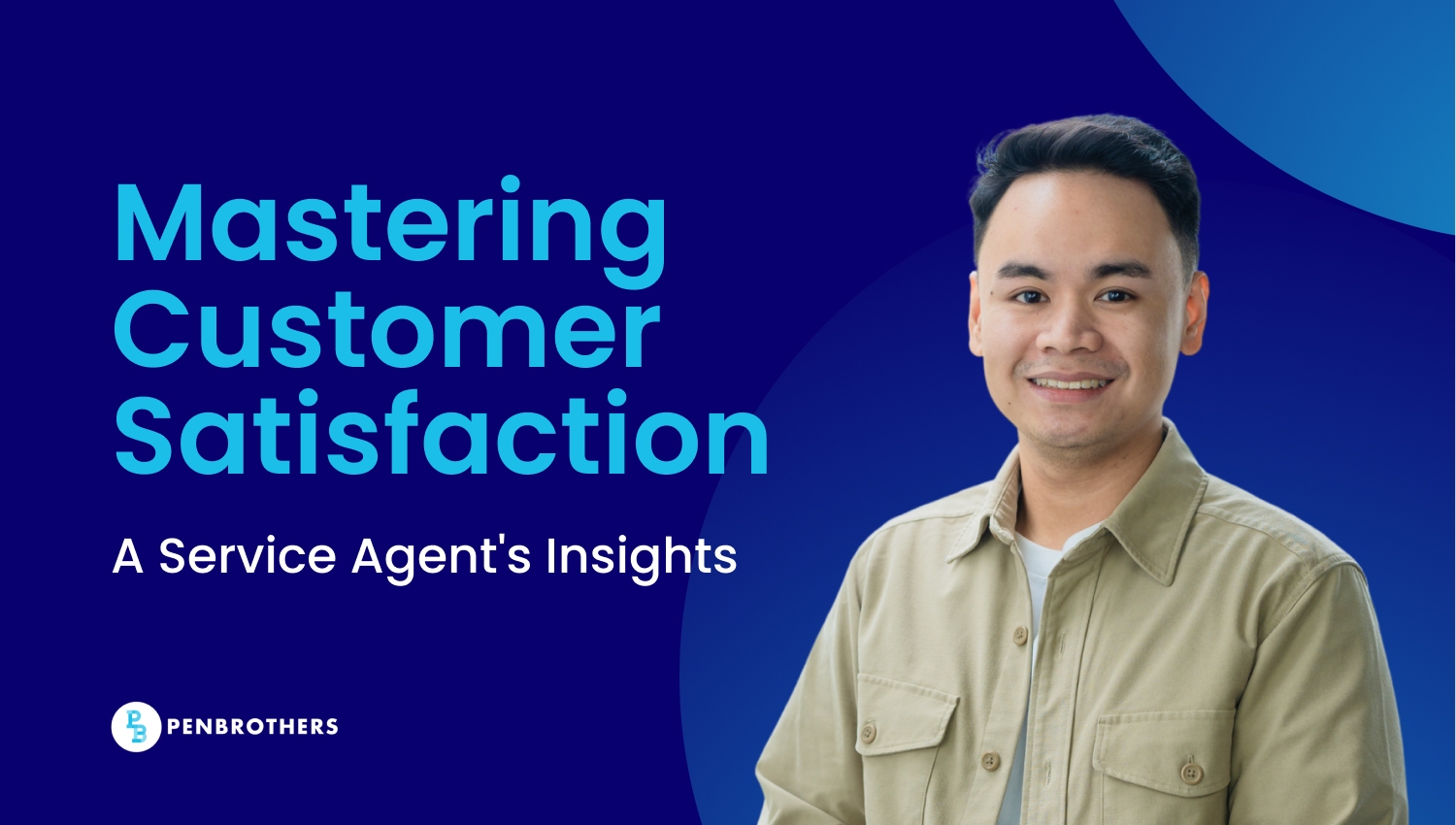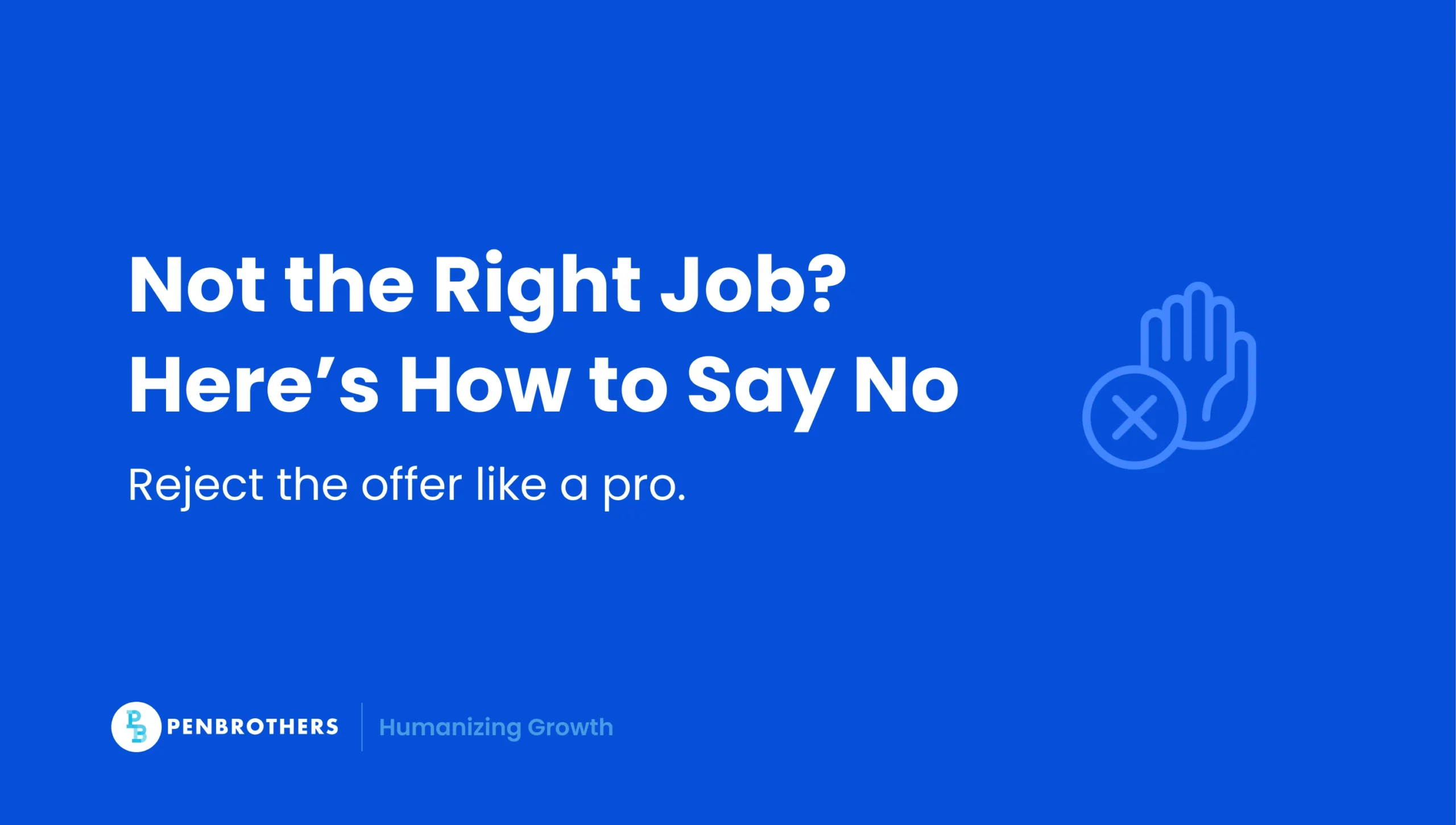What's Inside?
How to Hire an Executive Assistant Who Multiplies Your Time

Your inbox is overflowing. Meetings keep piling up. Strategy takes a back seat while you chase follow-ups and fix scheduling messes.
That’s when you realize, you don’t need more hours; you need leverage.
A great Executive Assistant doesn’t just save time. They multiply it by anticipating needs, keeping priorities aligned, and freeing you to lead where it matters most.
Hiring the right EA isn’t a luxury anymore, it’s how leaders stay focused, fast, and effective.
What an Executive Assistant Really Does (Beyond Admin Work)
Top EAs are not glorified secretaries. They act as strategic partners, connecting you to your team, ensuring priorities align, and smoothing out execution.
Modern workplace research shows that senior EAs now handle both strategic and operational responsibilities, often supporting decision-making and project execution across teams
Here’s a breakdown of what a strong EA does:
Core functions (admin + operations)
- Calendar and meeting management (including buffer time, rescheduling, agenda prep)
- Email and communication filtering / triage
- Travel planning, logistics, expense reporting
- Meeting support (preparation, attendance, notes, follow-up)
- Document preparation, reporting, dashboards
- Stakeholder coordination and liaison
- Project tracking / task management
- Onboarding or coordination of team tasks as needed
Strategic / value-add functions
- Priority filtering: deciding which meetings, tasks, or people should reach you
- Process design & improvement (e.g. workflows, systems, automations)
- Forecasting, reminders, risk flags (“You have 3 pending deadlines in a week”)
- Anticipating your needs (e.g. aligning communications, preparing context)
- Representing you externally when appropriate (with discretion)
- Culture alignment: understanding how decisions align with organizational values
For related roles that also enhance executive efficiency, explore virtual office manager roles and how they complement EAs in scaling leadership impact.
When to Hire an Executive Assistant
You don’t hire an EA just because “it sounds nice.” You hire one when the cost of not hiring them outweighs the cost of bringing one on.
Here are signals:
- You spend over ~40 % of your week on admin, coordination, and handling meetings
- Missed deadlines, unanswered emails, or poor follow-up become recurring problems
- You feel you’re always putting out fires rather than leading
- You hesitate to start new initiatives because you lack capacity
- Your decisions get delayed because you lack the bandwidth to coordinate
Diagnostic checklist (if 3 or more apply, it’s time to hire):
- I spend more time organizing meetings than making decisions
- I lose track of key threads because inbox / slack overwhelm me
- I frequently double-book or curse over time gaps
- I can’t scale leadership because I’m stuck doing day-to-day tasks
Time-use studies show that senior executives spend up to 40% of their week on administrative work, cutting into strategy and leadership capacity.
Bringing in an EA gives you leverage to focus on growth, team building, and strategy. For companies already scaling distributed teams, read about the difference between outsourcing and offshoring to choose the right hiring model.
Must-Have Skills and Qualifications
Not all EAs are created equal. Your goal is to find someone who can scale with you. Below is a suggested structure:
| Required Skills / Qualifications | Preferred / Nice-to-Have |
| Excellent written & verbal communication (clear, concise) | Experience with budgeting / P&L support |
| Time management & prioritization under ambiguity | Process improvement / systems design |
| Absolute discretion and handling confidential matters | Basic leadership or team coordination |
| Proficiency in core software: Office Suite, calendar tools, email, cloud drives | Familiarity with CRM, ERP, project / task tools |
| Ability to manage multiple stakeholders & shifting priorities | Familiarity with AI productivity tools, automation |
| Adaptability, initiative, resourcefulness | Experience with remote / distributed team support |
In today’s digital workplace, tech fluency is essential. The best EAs master scheduling automation, dashboards, and CRM tools, similar to professionals in remote customer service jobs who manage complex systems daily.
A growing number of companies are also upskilling EAs to handle AI-enabled workflows, with 70% of administrative professionals now using automation tools daily.
How to Write a Job Description That Attracts Strategic EAs
Your job post should communicate strategic partnership, not task juggling. Here’s how to structure it:
- Headline / summary
“Strategic Executive Assistant / Right Hand to CEO” rather than “Executive Assistant / Admin Support” - Mission alignment
Briefly convey your mission, vision, and why this role matters (not just the tasks). - Scope & Impact
Clarify what “authority” the EA has: will they manage direct reports? Will they help with decisions? Represent you externally? - Responsibilities (not just tasks)
Present them in outcome-based form: “Ensure the CEO’s time is used optimally,” “Reduce friction in cross-team communication,” “Own follow-up and accountability on decisions,” not only “book travel, schedule meetings, etc.” - Requirements
Use the “Required / Preferred” table above. Emphasize the mindset and soft skills. - What success looks like
Early wins / metrics (e.g. “within 3 months, reduce executive email overload by 30 %,” “deliver a week-ahead plan,” “drive 80 % follow-up compliance”) - Working conditions / perks
Remote, hours overlap, flexibility, growth path, tools, budget, etc.
Sample snippet:
You will serve as a strategic right hand to the CEO, driving operational clarity, proactive decision support, and execution excellence. You will own the CEO’s time, surface the right priorities, and enable smooth alignment across teams, not just through organization, but through foresight.
By positioning it this way, you attract candidates who think like operators, not assistants. If you’re also hiring for internal support roles, check our office manager job description guide for inspiration on crafting outcome-based postings.
Interview Questions That Reveal Real Impact
You need questions that probe thinking, foresight, discretion, and fit. Divide into two categories:
A. Behavioral / Situational
- “Tell me about a time you anticipated what your executive would need before they asked. What did you do?”
Good answer — demonstrates initiative, empathy, and foresight. - “Describe a situation when priorities shifted suddenly (e.g. urgent crisis). How did you re-prioritize and manage stakeholder expectations?”
Good answer — shows adaptability, communication, poise. - “How have you handled confidential information or sensitive issues? Tell me about a time you navigated a delicate issue.”
Good answer — shows integrity and situational judgment.
B. Technical / Task-based
- “How would you manage a week where five stakeholders send meeting requests, each claiming urgency? Walk me through your process.”
Good answer — shows ability to triage, negotiate, and manage trade-offs. - “How do you keep track of follow-ups and accountability after meetings you’re not leading?”
Good answer — mentions tools, reminders, proactive nudges. - “If two high-priority tasks conflict in timing, how do you decide which to escalate or defer?”
Good answer — demonstrates ability to assess impact, communicate trade-offs, propose alternatives.
Sample strong answers (abridged):
“When my executive was traveling and the calendar was full, I reviewed all meeting requests and flagged those without clear agendas. I pushed back on ambiguous ones, consolidated where possible, and prepared a decision matrix for the executive to approve adjustments. That saved them 2 hours and prevented unnecessary meetings.”
“I maintain a follow-up tracker (shared board) where after each meeting, I assign action items, send reminder nudges, and do a sanity check of deadlines. If I see slippage or risk, I proactively alert stakeholders to reset expectations before it becomes a crisis.”
During the interview, ask follow-up questions (“Why did you choose that approach?” “What would you do differently next time?”) to test real depth.
Evaluating Fit: The Chemistry Factor
Even the most qualified EA will fail if trust, alignment, and chemistry are weak. Many leaders and recruiters stress that your EA must become a “true partner”, someone who “just knows” what you’d want, without always having to ask.
Tips / tactics to test chemistry:
- Try a trial week or “day-in-the-life” simulation before making a full offer. See how they handle real tasks, ambiguity, communication.
- Observe emotional intelligence: how they ask questions, clarify, respond to feedback.
- Test alignment in core values: do they resonate with your vision, communication style, and priorities?
- Ask direct: “What do you expect from me as the executive to help you succeed?” See if the expectations align.
If you see friction, ambiguity, or misalignment in small tasks, it’s a warning, the relationship will strain under heavier loads.
Salary and Hiring Cost Benchmarks
U.S. / Local benchmarks
In the U.S., Executive Assistant salaries generally fall within these ranges:
- Entry to Mid-Level EA: USD 56,000 – 86,000
- Senior EA (large cities like New York or San Francisco): USD 100,000 – 125,000
- Typical range for experienced, full-time EAs: USD 70,000 – 120,000+
These figures vary based on experience, company size, and the level of strategic responsibility. Competitive offers are key to attracting top-tier administrative professionals who can provide both operational and executive-level support.
If you’re exploring global hiring options, check the Penbrothers Salary Guide for updated benchmarks on offshore Executive Assistant rates and other high-impact remote roles.
Offshore / Local (for global hiring)
One of the key advantages of offshore staffing is cost arbitrage without compromising quality. In many markets (like the Philippines, Latin America, parts of Asia), a highly skilled EA might cost a fraction of U.S. rates.
According to Prialto (virtual EA specialist):
- Offshore virtual executive assistant rates may begin as low as USD 2/hour for more basic tiers (though not for strategic roles)
- Managed virtual executive assistant services may start around USD 25/hour, where you gain built-in management, training, backups, etc.
However, for a strategic EA who truly multiplies time, you likely need someone at the upper-tier of local markets, someone with strong English, domain knowledge, initiative, and proactiveness.
Total cost considerations:
- Base pay / hourly rate
- Benefits, bonuses, tools, software licenses
- Overhead (management time, training, onboarding)
- Risk of turnover — invest more in retention
- Opportunity cost saved (i.e. how much value your executive regains)
By doing the math: if your EA frees you to work on revenue-driving or leveraged tasks, the ROI can become clear.
Common Hiring Mistakes to Avoid
- Hiring just for “speed at tasks” instead of strategic alignment — someone who can do things fast is not enough if they can’t see patterns or think ahead.
- Skipping onboarding and clear expectations — unclear reporting lines, responsibilities, or decision rights set the role up to fail.
- Ignoring cultural / communication fit — EAs often represent you externally, so misalignment in voice, tone, and values undermines trust.
- Expecting perfection from day one — give room for growth, feedback, learning.
- Neglecting backup planning / redundancy — what happens when your EA is out?
- Overlooking the delegation burden — sometimes you under-delegate, which burdens the EA or you both become reactive.
Avoid these by building structure, clarity, feedback loops, and ongoing support.
How Offshore Executive Assistants Multiply Time for Founders
This is where Penbrothers’ advantage shines. Offshore EAs offer benefits many local hires can’t match in scalability, cost, and continuity.
Key advantages
- 24-hour workflow coverage — with time zone overlap, work can continue almost around the clock
- Cost efficiency without compromising quality — you tap into global talent pools
- Reduced admin bottlenecks — they can own entire verticals, not just tasks
- Continuity and retention — through structured support, backup systems, and managed oversight
Penbrothers provides Hypercare onboarding, ensuring your EA is fully embedded, trained, monitored, and supported to maximize effectiveness and reduce the risk of mismatch or attrition.
Final Checklist: Hiring an EA Who Multiplies Your Time
- Define what “time multiplication” means for your role (e.g. how many hours freed, what tasks shifted)
- Hire for strategy + execution, not merely organization
- Create a thought-partner job description that communicates vision and impact
- Use behavioral + technical interview questions to probe foresight and judgment
- Test chemistry and alignment with a trial or simulation
- Offer market-competitive compensation (U.S. benchmarks + offshore context)
- Build structured onboarding, feedback loops, and backup planning
- Monitor early metrics and iterate (e.g. response times, meeting load, blocked decisions)
Ready to find your Executive Assistant who multiplies your time? Penbrothers helps you hire, onboard, and retain top-tier EAs seamlessly.
*This article was crafted with the support of AI technology and refined by a human editor.





